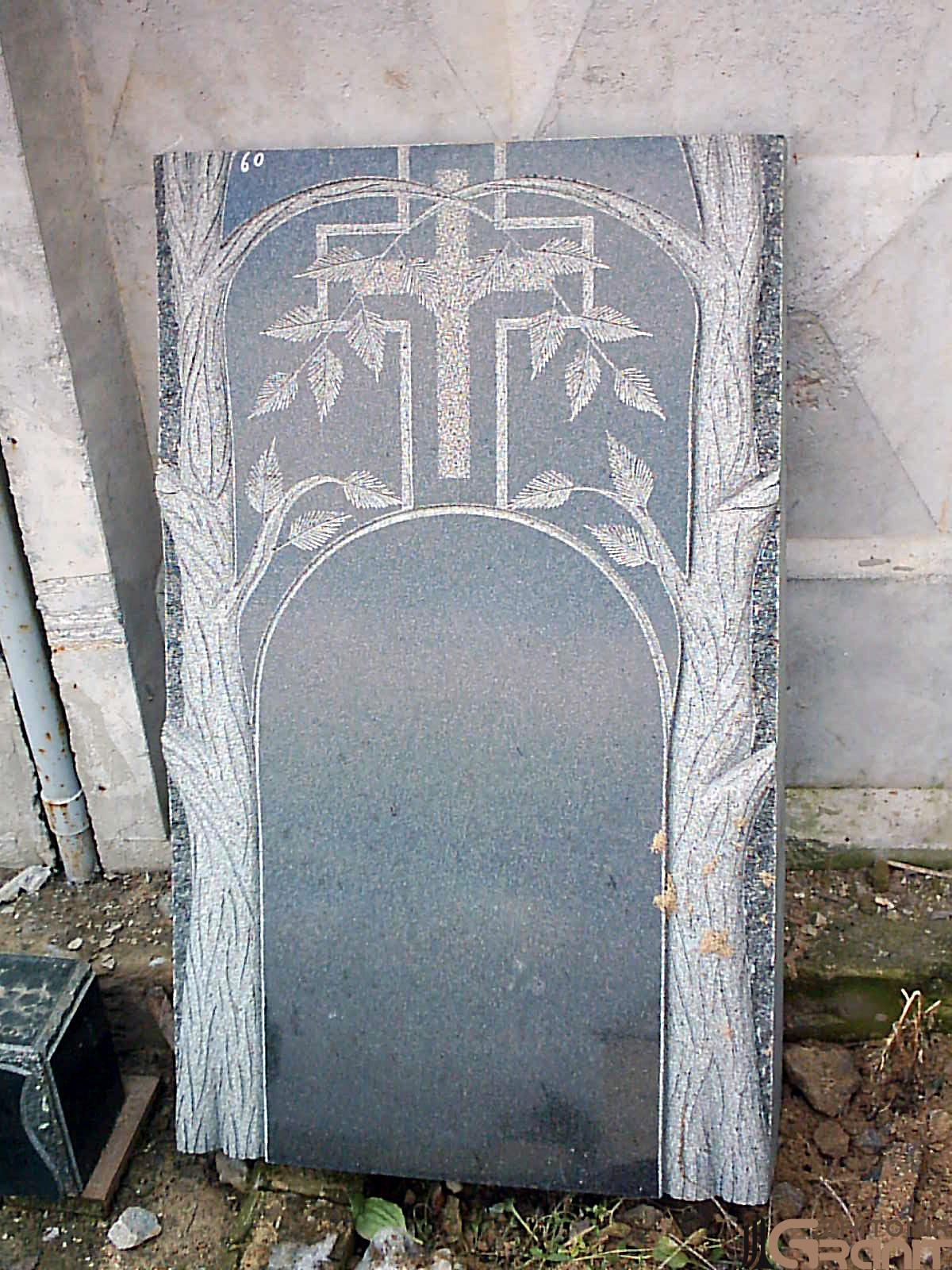Articles
Granite monuments - history, meaning, tradition or tribute to fashion ...

History of granite monuments
Monuments have existed since ancient times, the most famous of which are the pyramids. Numerous tombstones in the form of mounds have also been discovered on the territory of ancient Russia, which symbolised the greatness of the leaders and served as temples to the souls of the dead. Mounds and mausoleums were built from large boulders of granite or other rocks available in the area. Such monuments are a valuable historical source that lifts the veil on the lives and beliefs of our ancestors.
Another form of monuments is temples or statues designed to perpetuate the memory of great personalities or events. This tradition is still alive today: monuments are erected not only to honour people, but also to commemorate important moments in history.
The value of granite monuments
Granite has always been considered an ideal material for creating monuments due to its hardness:
- Durability - the ability to withstand centuries.
- Aesthetics - The natural shades and textures of granite are awe-inspiring.
- Symbolism - granite monuments express respect, nobility and eternity.
In the Middle Ages, such monuments were erected only for the aristocracy and the clergy. Today, anyone can immortalise the memory of their loved ones with a granite monument.
Current trends
Today, granite monuments are not only tombstones, but also cenotaphs (symbolic monuments) that can be installed in places where a person's life was cut short or if it is not possible to bury the remains. Cenotaphs can take the form of a stele, obelisk or memorial plaque.
Technologies for creating monuments
Modern granite processing technologies allow us to create real works of art. Thanks to this, monuments can include:
- Image in the form of a portrait - portraits engraved on granite reproduce the features of the deceased so realistically that it seems as if the person is alive.
- Epitaphs - words of pain, love or gratitude add emotional colour to the monument.
- Decorative elements - The artistic design of the monument enhances its impression.
The symbolism of monuments
Granite monuments perform not only the function of preserving memory, but also create an image of the deceased living in a higher, spiritual hypostasis. They symbolise true peace and eternal life through the love and memory of loved ones.
Conclusion.
Granite monuments are a tradition that combines history, culture and modern technology. They will forever preserve the memory of those who have left this world but continue to live in the hearts of their loved ones.











